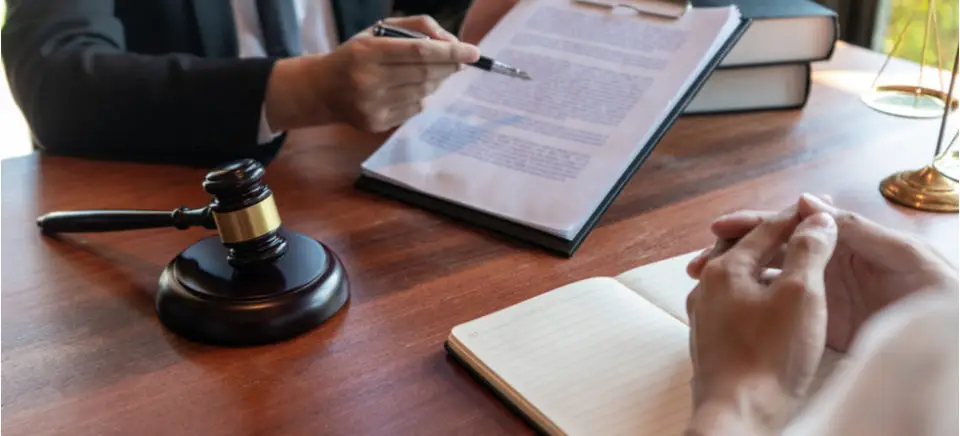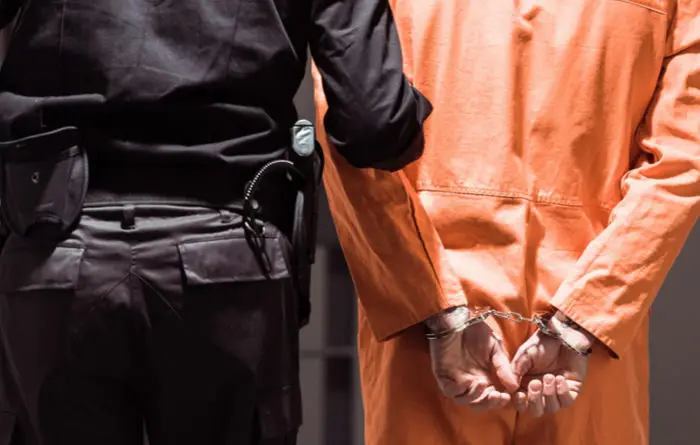What is the Constitutional Right to Bail?

United States Constitution grants citizens the right to be released from jail on bail pending their criminal trial. This is the Constitutional Right to Bail and is a fundamental part of our legal system. The right was established in 1791 as part of the Eighth Amendment, which states, “Excessive bail shall not be required.” This means that a judge cannot set an amount of money for bail that exceeds what is necessary to ensure someone appears in court when they are supposed to.
The right to bail helps balance both public safety and individual rights by allowing people accused of crimes who are not considered dangerous or at risk of fleeing a jurisdiction to remain free while awaiting trial.
History of Bail
Bail has been a part of the legal system for centuries, tracing its roots back to medieval England. In those days, it was primarily used to ensure that an accused person would appear in court when required and not flee the country or attempt to evade justice. Bail had also been used as a form of punishment. If someone could not pay bail, they were often thrown into prison until their trial date.
In US, bail is still widely used to guarantee that people accused of crimes will appear in court when ordered. It encourages defendants to cooperate with law enforcement before their trial. It is also an aid for non-violent offenders who cannot afford more expensive forms of detention.
Many states have adopted laws specifying when it is appropriate to set bail amounts and how they must be determined. For example, some states allow judges to consider only certain factors when setting bail amounts, such as a defendant’s financial resources and ability to post bond.
Criteria for Release on Bail
The bail process can be confusing and intimidating for those on the receiving end. It’s essential to understand the criteria for release on bail so that you can make informed decisions regarding your legal matters. Understanding the requirements for release on bail will help you navigate court proceedings, ensuring that your rights are pretty represented while in custody.
To be considered for release on bail, the accused must show proof of legal residence within their county or state. They must have ties to family or friends. This will serve as both financial and moral support during their time out of jail. The court may also require a defendant to surrender any form of identification, passport, weapons permit, or credit card information before allowing them access to society until their trial date is set.
Impact of Right to Bail
The right to bail is a fundamental principle of the justice system. It has been integral in safeguarding the rights of those accused of a crime. Bail allows individuals charged with an offense to be released from jail until their court appearance, thereby preventing unnecessary detention. This can have both positive and negative effects on both the individual and society at large.
When someone is granted bail, it allows them to remain in the community while they wait for their case to be heard by a court. This can provide a sense of normalcy as they continue living with their family and in familiar surroundings, which may help reduce feelings of alienation or isolation from being detained. Moreover, if the person is innocent, this period can also be used to prepare for trial without suffering additional distress associated with being locked up in custody awaiting trial.
Challenges with Implementing Right to Bail
One of the main challenges is ensuring that those released on bail will actually appear in court when required. Suppose individuals fail to appear in court after being released on bail. In that case, it can set back legal proceedings and potentially cause delays or disruptions in the justice system. Many courts employ monitoring systems such as GPS tracking devices and regular check-ins with probation officers. Others have travel restrictions that must be adhered to while out on bail.
Another challenge is determining whether an individual should be granted bail in the first place.
Conclusion
The right to bail is an essential part of the legal system in the United States. It allows citizen to remain free while awaiting trial, and it serves as a safeguard against excessive punishment. It is also a constitutional right that must be respected. To draw a conclusion about this fundamental right, we must consider both its history and its current application.




